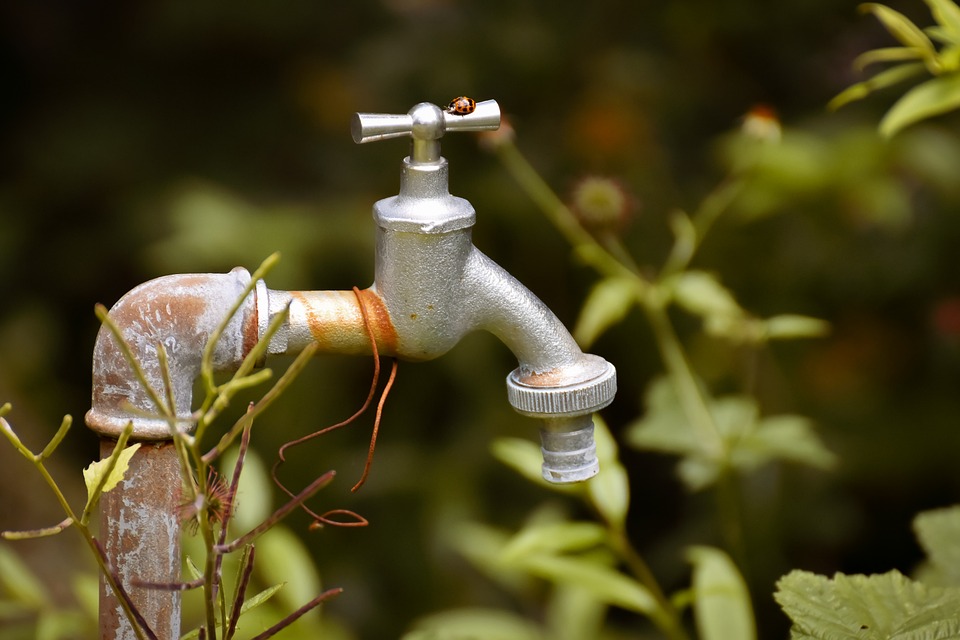Faucets have come a long way since their invention in ancient times. From simple wooden valves to modern, sleek designs, faucets have evolved to meet the changing needs of society. In this article, we will take a trip through history and explore the evolution of faucets.
The Earliest Faucets
The earliest faucets were simple wooden valves used to control the flow of water. These were used in ancient civilizations such as Greece and Rome, where running water was a luxury. The valves were typically made of wood or stone and required a lot of force to turn on and off.
The Middle Ages
During the Middle Ages, faucets became more common as plumbing systems were developed. These faucets were made of bronze or brass and often featured intricate designs. However, they still required a lot of force to turn on and off and were not very efficient.
The Industrial Revolution
The Industrial Revolution brought about many advancements in technology, including the development of more efficient faucets. In the late 19th century, the ball valve faucet was invented. This design featured a ball with a hole in the center that could be rotated to control the flow of water. This made turning the faucet on and off much easier and more efficient.

The Modern Era
In the 20th century, faucets underwent a major transformation. With the advent of modern manufacturing techniques, designers were able to create faucets that were not only functional but also aesthetically pleasing. The introduction of new materials such as chrome and stainless steel allowed for sleek, modern designs.
Water Conservation
Today, faucets continue to evolve to meet the changing needs of society. One of the biggest concerns in modern times is water conservation. Many faucets now feature low-flow technology, which reduces water consumption without sacrificing performance. This technology can save homeowners money on their water bills and help preserve our natural resources.
Conclusion
From simple wooden valves to sleek, modern designs, faucets have come a long way. As technology continues to evolve, so will the design and functionality of faucets. Whether you’re looking for a classic or modern look, there is a faucet out there to fit your style and needs.

